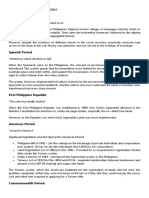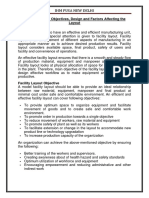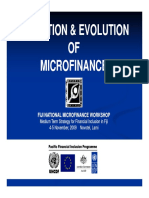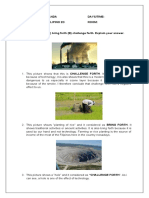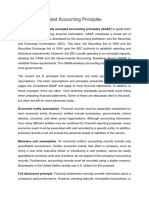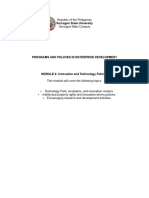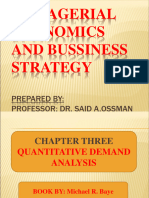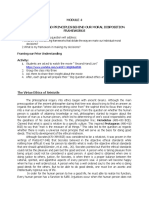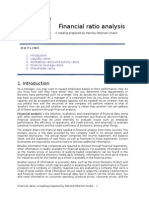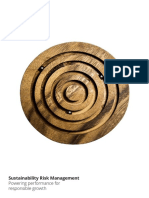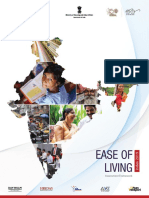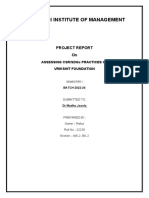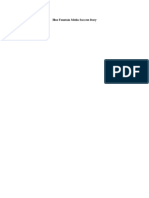0% found this document useful (0 votes)
1K views16 pagesSustainable Development - Wikipedia
The document discusses the concept of sustainable development. It defines sustainable development as meeting present needs without compromising future generations' ability to meet their own needs. The document outlines the history and development of sustainable development as a concept, from concerns over resource depletion in the 17th century to modern frameworks like the UN's Sustainable Development Goals. It also discusses related concepts like sustainability and the three pillars of environmental, economic, and social dimensions that are seen as key to defining and achieving sustainable development.
Uploaded by
JAINAB 'X B'Copyright
© © All Rights Reserved
We take content rights seriously. If you suspect this is your content, claim it here.
Available Formats
Download as PDF, TXT or read online on Scribd
0% found this document useful (0 votes)
1K views16 pagesSustainable Development - Wikipedia
The document discusses the concept of sustainable development. It defines sustainable development as meeting present needs without compromising future generations' ability to meet their own needs. The document outlines the history and development of sustainable development as a concept, from concerns over resource depletion in the 17th century to modern frameworks like the UN's Sustainable Development Goals. It also discusses related concepts like sustainability and the three pillars of environmental, economic, and social dimensions that are seen as key to defining and achieving sustainable development.
Uploaded by
JAINAB 'X B'Copyright
© © All Rights Reserved
We take content rights seriously. If you suspect this is your content, claim it here.
Available Formats
Download as PDF, TXT or read online on Scribd
/ 16







